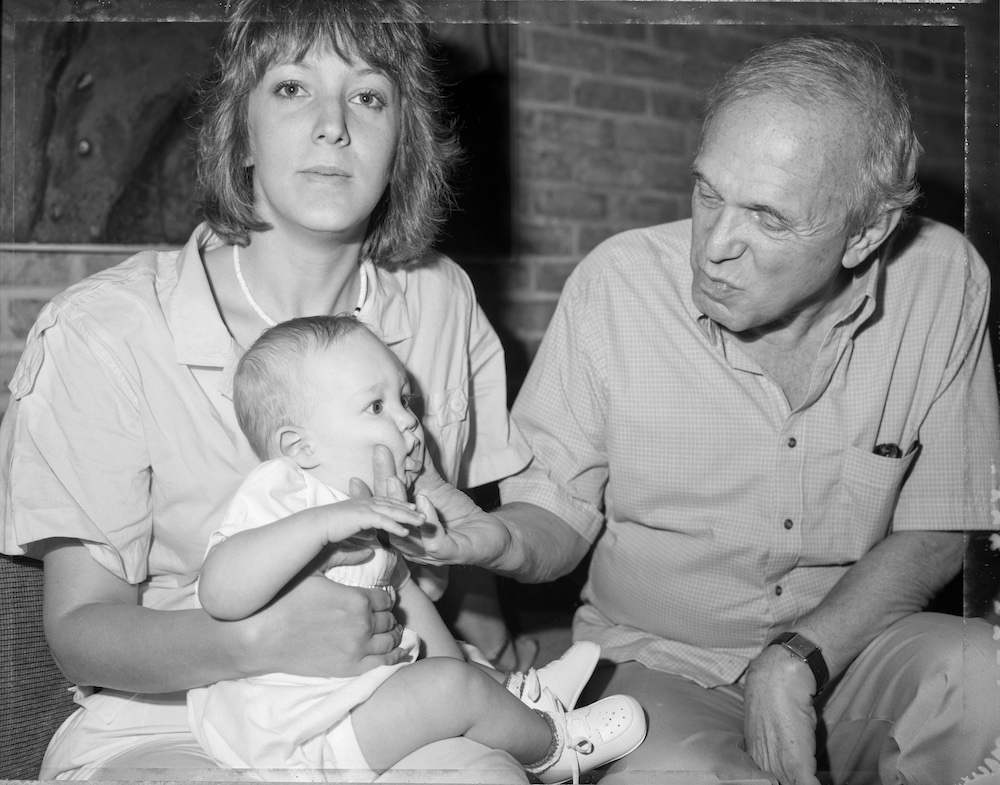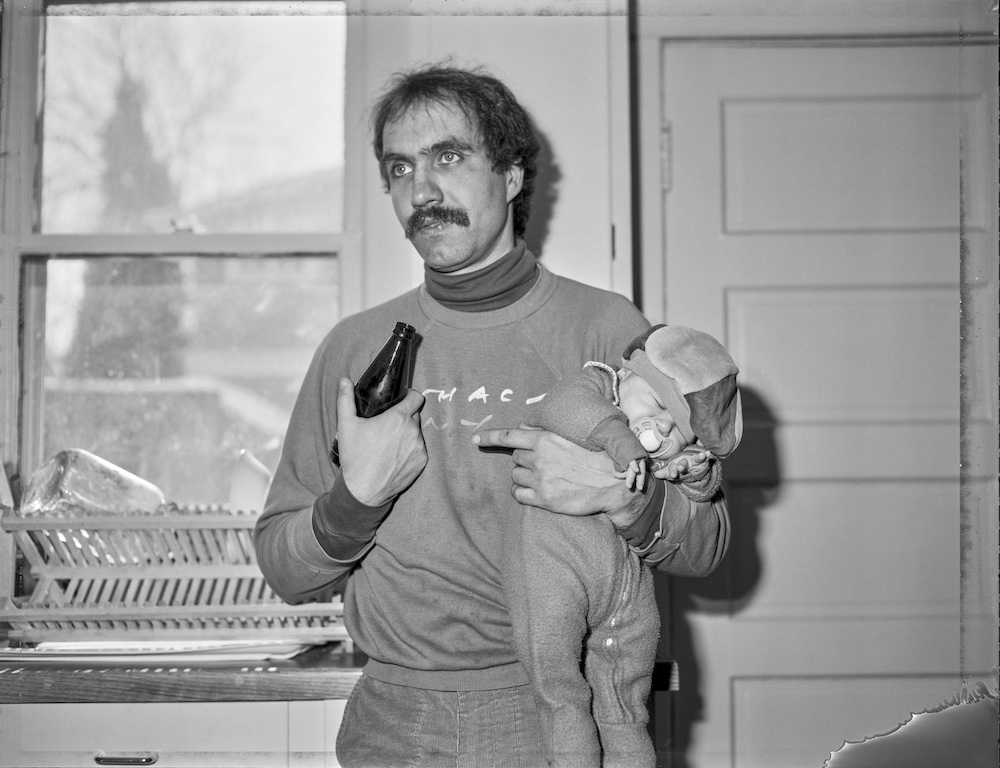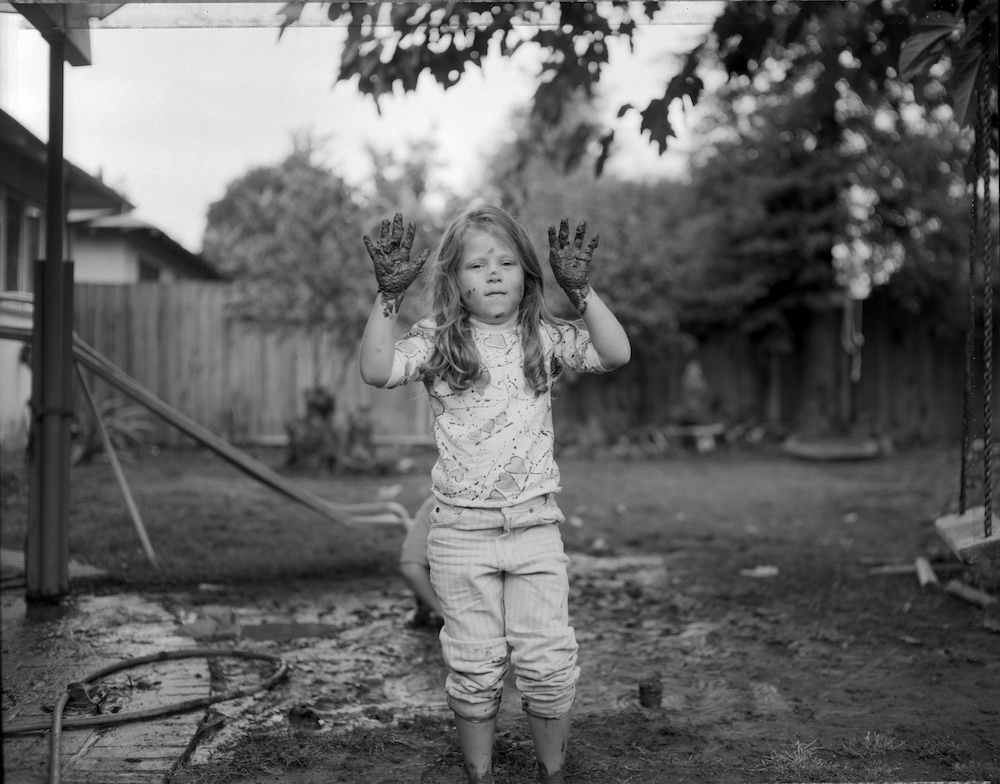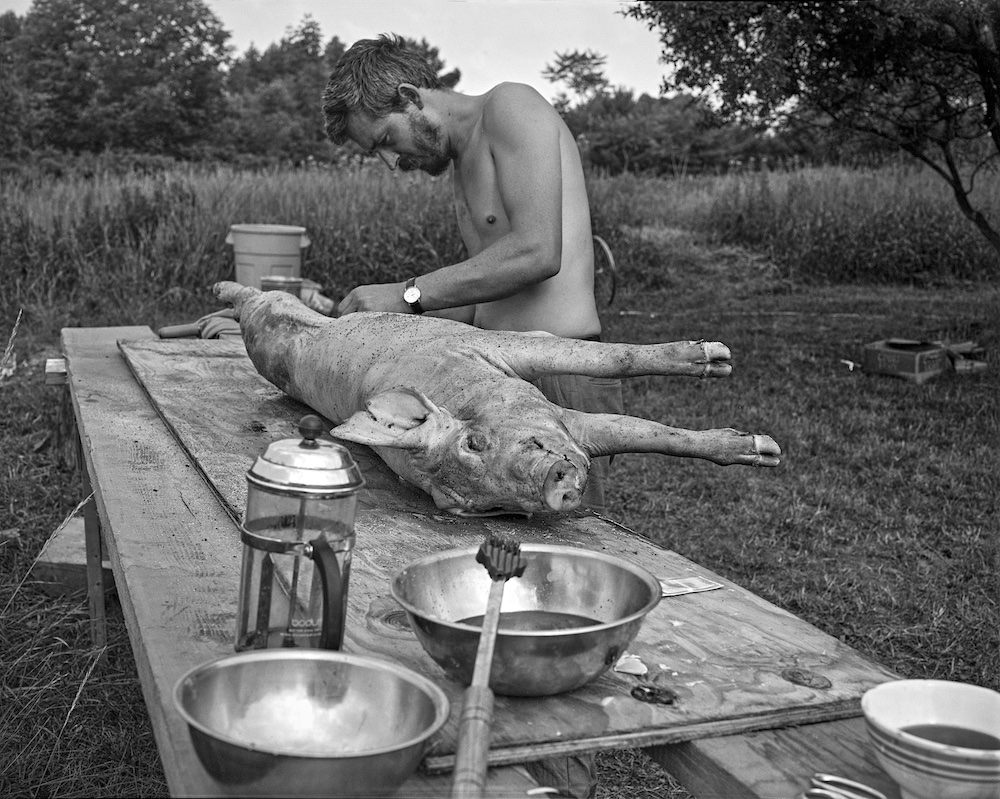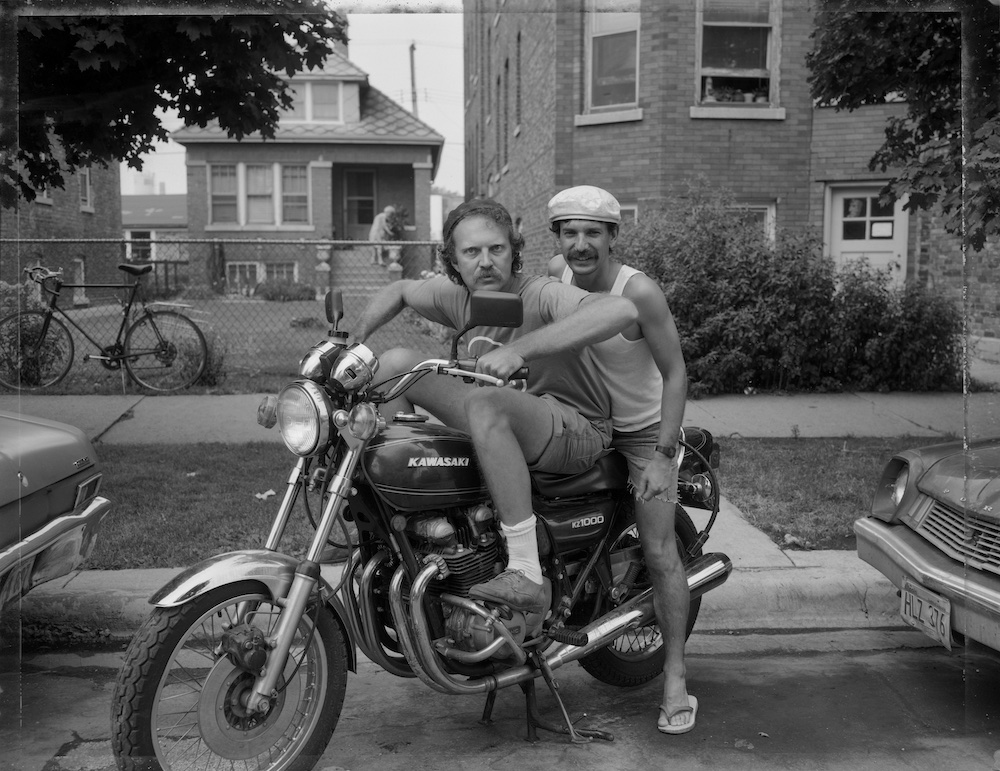American photographer Judith Black unearths intimate pictures from a six-week road trip with her family
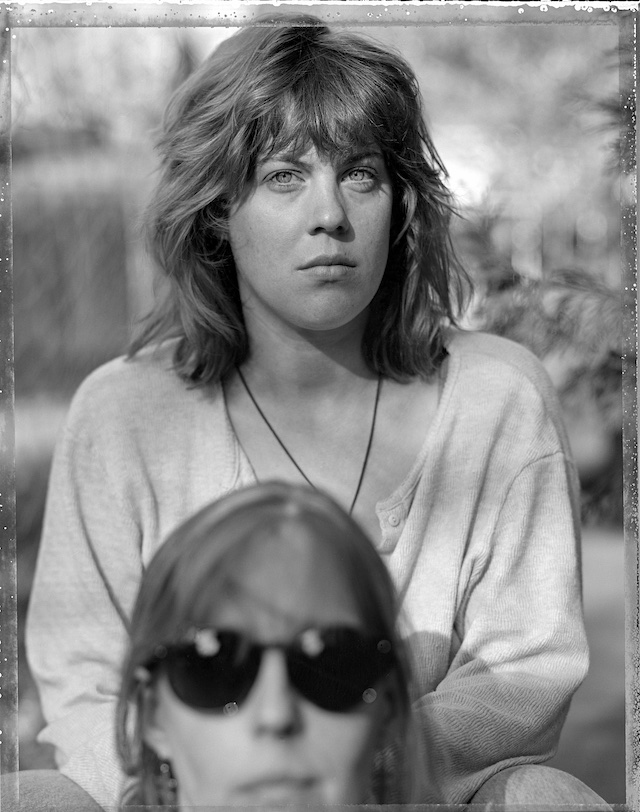
Most might quake at the thought of being sat in a car for no less than 5,000 miles with their family – kids included. What with the hum of “Are we there yet?” echoing out of the backseat every five minutes or so; the vibrational thud as a punch smacks the arm; the endless rounds of Eye Spy and toilet breaks; travelling with your family isn’t always an easy one. But it was a pursuit that American artist Judith Black was keen to embark on with her four children around 40 years ago, which is now the focus point of her new photography book Vacation, published by Stanley/Barker.
After being awarded a Guggenheim Fellowship in 1986, Judith set out with the intention of a cross-country road trip to document the sweeping landscapes of the US, as well as the intimate and candid moments she experienced with her children – stopping off at New York, Chicago, San Francisco and various other memorable spots on the way. It took about six weeks in total from July 12 1986 to August 23; “We took some camping and a lot of photo gear,” she tells me, pacing the day’s drive to end up at a friend’s or family’s place. “We were on a tight budget. We kept track of the milage, gas, expenses and mostly to give the kids something to do.” Packed with snacks, entertainment, a 4×5 press camera, tripod, boxes of Polaroid Type 55 film, a flash and a bucket of sodium sulphite to process the negative, Judith and her family were prepped as much as can be. “I don’t remember how it all fit!”
On one stop, Judith and the family traversed to Lake Michigan to the summer cottage where her aunt lived. A hot day, Judith’s daughter “insisted on the punk look”; she snapped an image of them by the water’s edge, dunes in the background and her subjects caught in a moment that’s halfway between posing and candid. Her daughter placed in the middle in jet-black attire – almost as stark and monochrome as the series itself. Another depicts her sister’s newborn Matt at just a couple of weeks old. “They were on a swing at the park. The little frown on his brow…” It’s moments like this that make looking back on the series so momentous in its ability to mark an epoch of familial life; it’s like flicking through an old family album, a record of place and time where endless anecdotes can be uncovered. Below, I chat to Judith to hear more about the series, what family life means to her and the importance of documenting those closest to you.
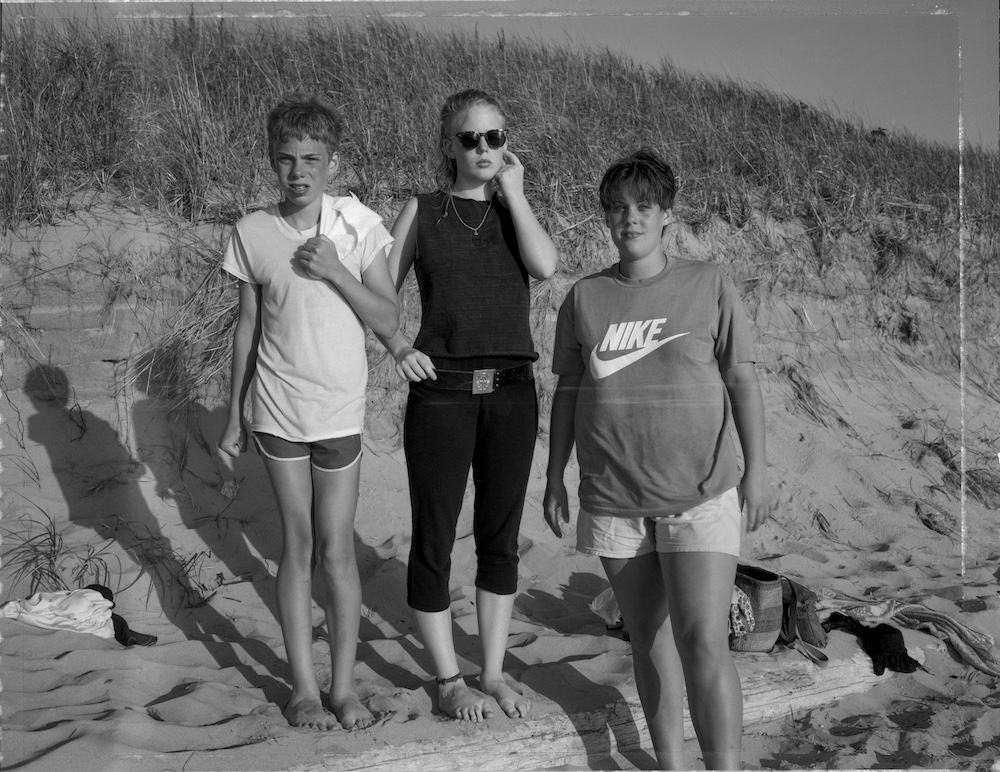
What inspired you to go on a road trip with your family, and why turn it into a photographic series?
American photographers are aware that the cross-country trip of 4,000 to 5,000 miles one way is something of a quest. The road trip is made for discovering the country, having adventures, exploring the land (it’s huge, beautiful and ugly). The tradition goes back to the early exploration of the west, and the use of the new medium of photography to chart and record the land for the government, the amateur and the artist. Fast forward to the 1980s when I applied for a Guggenheim Fellowship, many recipients in photography have used the road trip to get out of their comfort zone… it was part of the idea of the fellowship: to travel. At the time, railroads joined the east and west coasts, American families of enough means travelled to see the national parks, the great cities, the wonders of the landscape. My thought was to follow in the footsteps of Edward Weston, Robert Frank and many others, but with my family in tow.
I set out on the journey partly because that was the focus of the Guggenheim grant, and partly just to see if we could make such a trip. I didn’t need to produce any results from the trip, so we were free to see what happened as we drove from place to place. My grant proposal was to make this journey from the east coast where we lived, to the west coast with my four children, and to photograph along the way. The kids were 18, 16, 15 and 12. Rob, my partner and step-father to the children, had traveled extensively, mostly by hitch-hiking; the hippie way. I didn’t know how the trip would work out, but it was a response to the more male adventure trip from Weston to Frank to Soth.
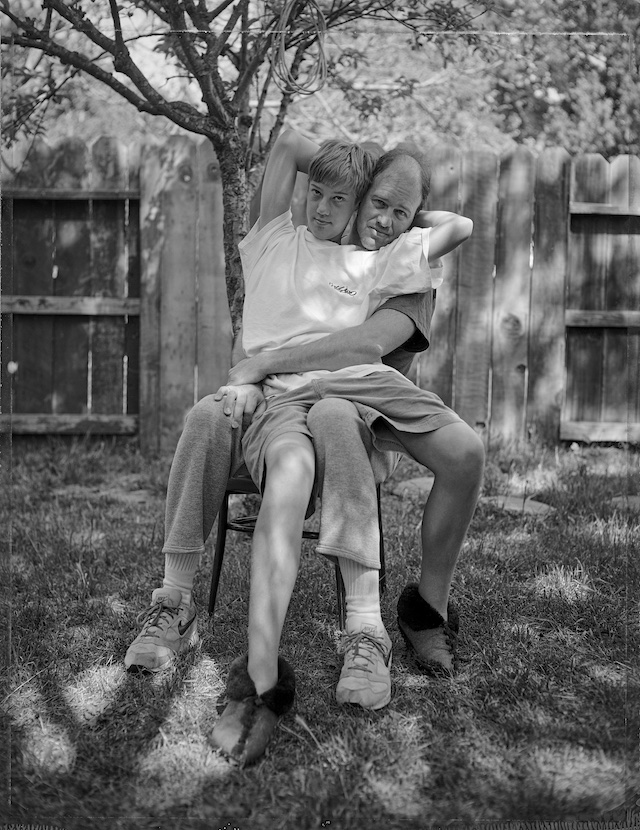
What memories or anecdotes can you share from the trip?
The first photo in the book is one that I took with my first Brownie camera at age seven in 1951 – capturing Aunt Edie with her dog, Lance, at the family cottage in Michigan. In 1986, I was able to take another photo of her with her dog Rover in almost the same spot. The titles and notations in the book hint at the narrative by suggesting familial relationships. There are many other anecdotes, probably at least one for every stop we made! And for each of the trips included in the book.
A trip with four kids who were teens? We didn’t kill anyone! Five people in the car for a long trip can cause some irritation, to say the least. We finally resolved who could sit next to whom on the last couple of days. My brother was driving by that time. One child could sit in the front, I could sit in the middle of the back seat and each child could touch me. Otherwise, we had a lot of ‘He touched me’, ‘She looked at me’; we were ready to be home!
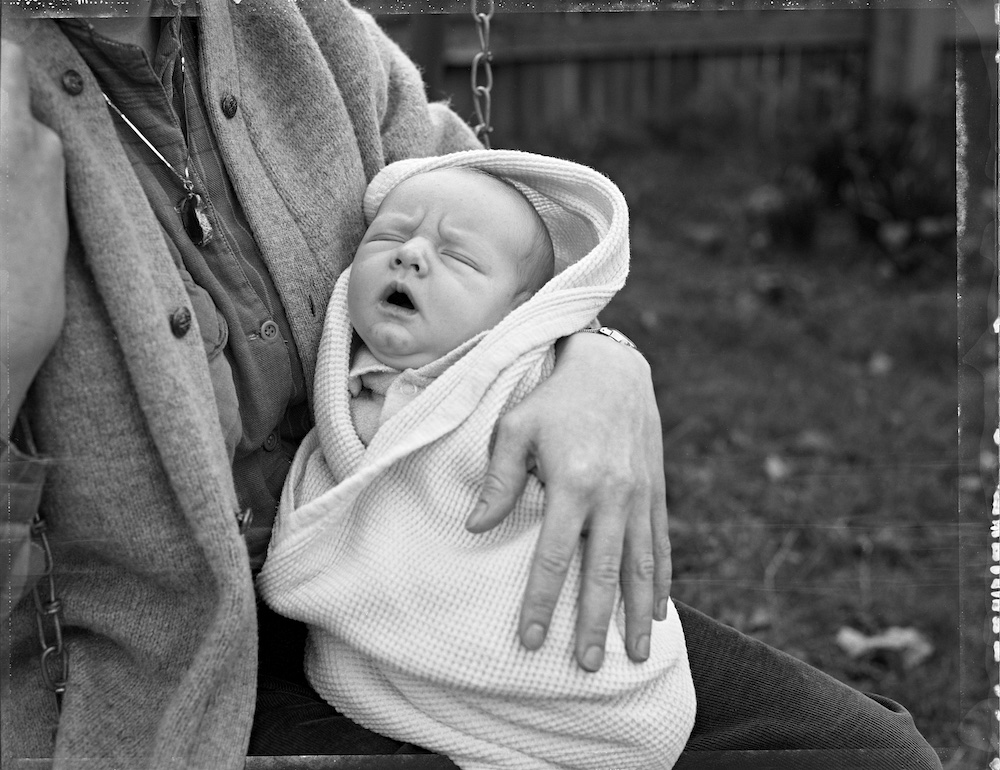
The work is immensely intimate, which appears to be an intentional move photographically. Why work in this manner, and what stories are you hoping to share about your family?
I have been a mother since I was 23. With four children by the age 29, there was no time to leave home to explore even the streets close to home. I was about 34 when I returned to school to earn a masters degree so that I might be able to support my family. Photography seemed like a better choice pragmatically, rather than painting! So, I quickly realised that the intimate self-portraits and portraits of my family were what I knew best and could reveal with some kind of honesty. The photos in Vacation are about those times when I was on ‘vacation’ from being home. Sometimes it was the cross-country trip, sometimes it was when the kids were on vacation with their father, sometimes it was during visits to see my folks on the west coast. These are times most of us experience and they can be really fun or they can be upsetting.
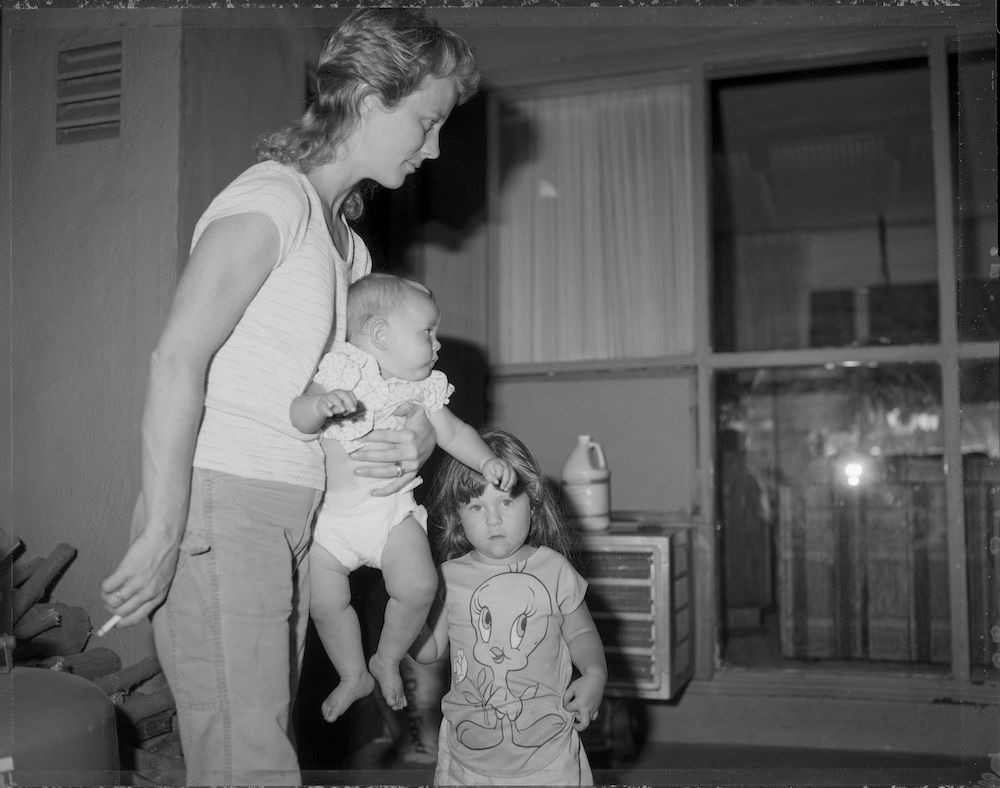
Any particular meaning you’re trying to convey in the work?
What is that Tolstoy quote about families? ‘Happy families are all alike; every unhappy family is unhappy in its own way.’ Not all family stories are happy. Not all are really awful. But all have some kind of complication. The memories that our family album photos hold are different for each member. There is a complicated story for almost all the photos in this book, especially since we are looking back over almost 40 years.
What’s next for you?
Right now, I’m enjoying the success the two books I’ve published – knowing that people around the world will connect somehow with our ‘family album’ amazes me in some way. The people are particular to our family, but the stories hidden or written in the titles are more universal. It would be wonderful to have an exhibit of the vintage prints. I loved working in the darkroom and it would be nice to do that once again before too long. That would be a big project!
Judith Black’s Vacation is published by Stanley/Barker
